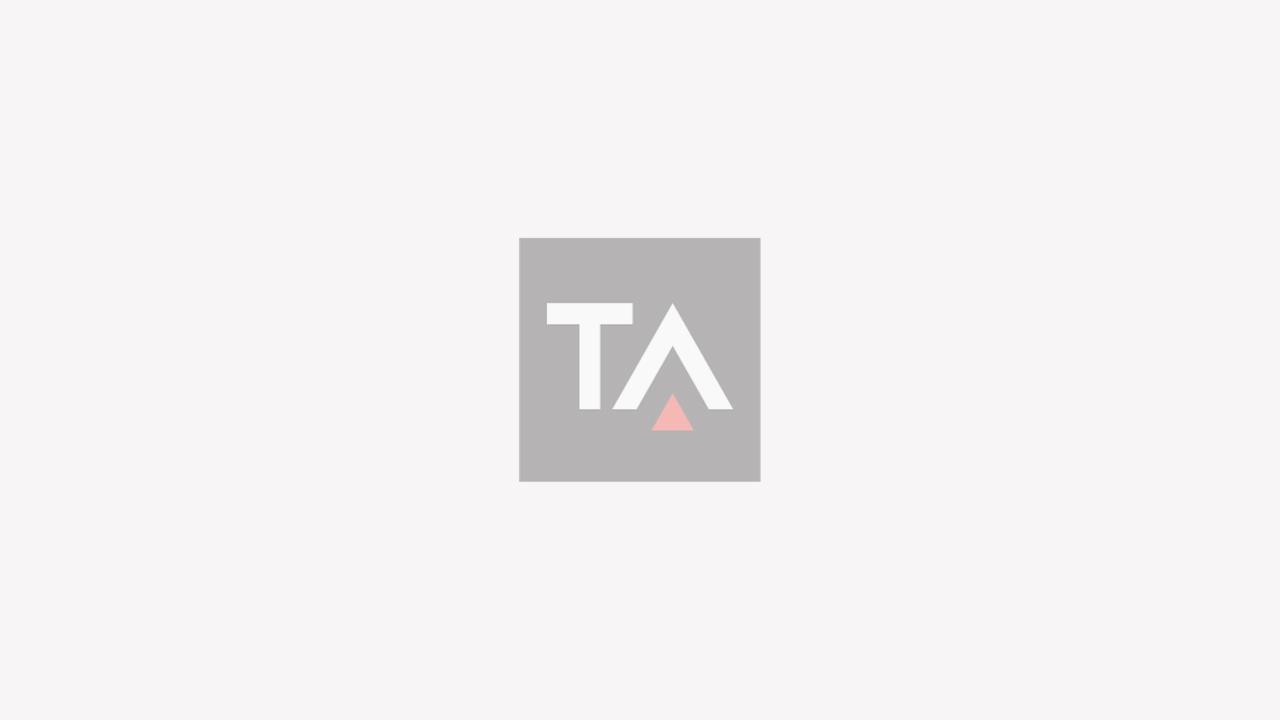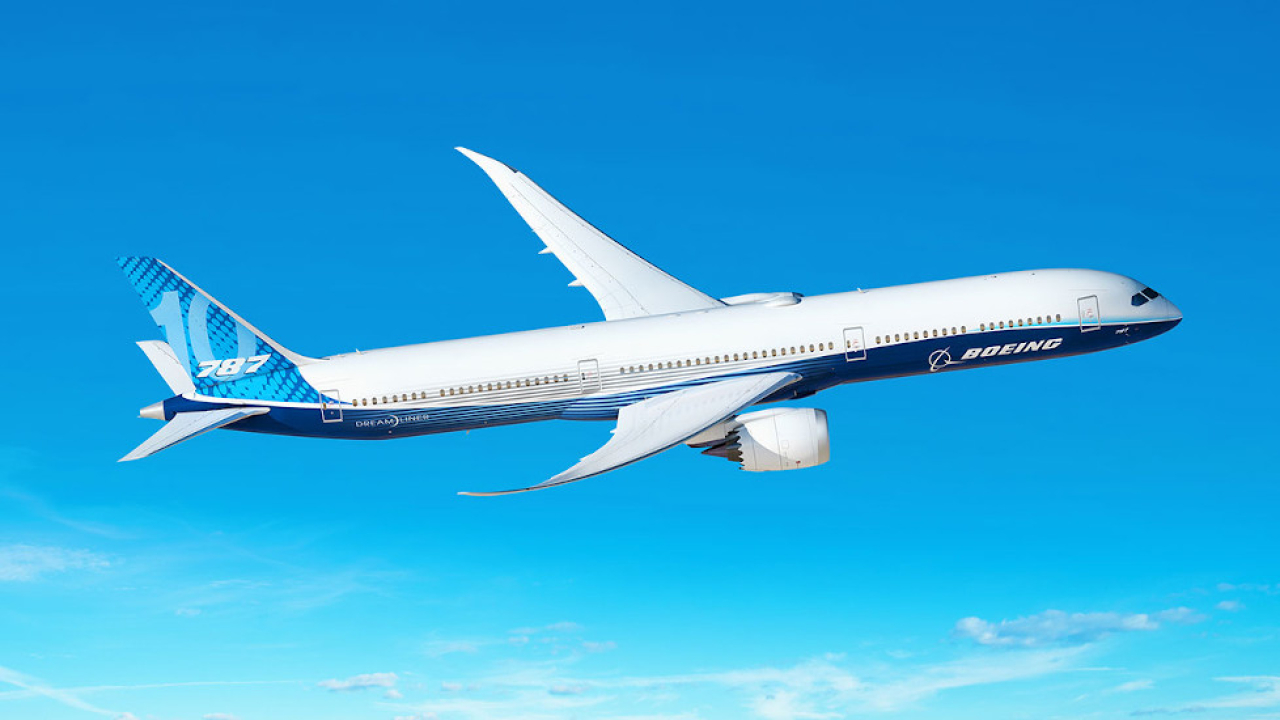A new life of lease...
Leasing accounts for 40% of today's airliner purchases and is expected to reach the 50% mark soon. Two Middle East lessors give Alan Dron their views on the current market and future prospects.

Dubai Aerospace Enterprise (DAE) created shockwaves in the airliner leasing market in April when it bought fellow-lessor AWAS.
Ireland-based AWAS was twice DAE’s size and the acquisition instantly catapulted the latter into the ‘top 10’ of the world’s leasing companies.
The deal saw DAE, with a fleet of slightly more than 100 aircraft, acquire AWAS, which had 263 owned, managed and committed airliners. The latter figure included 23 new aircraft scheduled to be delivered by the end of 2018.
The combined company has an owned, managed and committed aircraft fleet of 394 aircraft with a total value of more than $14 billion, serving more than 110 airline customers in 55 countries from offices in Dubai, Ireland, Singapore and the US.
DAE CEO, Firoz Tarapore, said the buy-out was necessary to keep up with developments in the sector.
“We’re a company that has grown very nicely in the past few years. As we looked at the competition, we noticed that, in the last five to six years, the definition of ‘scale’ had been revised upwards with consolidation [in the sector] and new entrants and their very large order books.”
DAE realised, he said, that getting to that size through organic growth would take too long. “We realised that getting to scale in an ‘inorganic’ way was really our preferred answer.”
The company looked at a couple of potential acquisitions but came to the conclusion that AWAS offered the best opportunity, not only because of its size but also because its cultural ‘fit’ complemented DAE’s own.
A combination of people, processes and systems at AWAS had been perfected in its three decades of existence, said Tarapore; it had, for example, a highly digitised and robust process for doing business that had benefited from heavy investment in systems.
At the time of writing, DAE was awaiting regulatory approval for its acquisition and it was too early to say if the AWAS name would be retained: “We will do what is right from a brand and marketing perspective,” said Tarapore.
AWAS’ largest area of interest is the Asia-Pacific region, followed by Europe, the Middle East and Africa, then the Americas. “We’re kind of similarly spread out, with one exception – that our presence in the Middle East, our portfolio on a percentage basis, is higher than theirs. But the mix is very complementary because of their size of order book and broader reach. Together it allows us to put together a client base that now reaches 110 customers in 55 countries.”
While DAE decided that acquisitions were the way to go, fellow Gulf lessor, ALAFCO, has decided against such a course. Or has it?
“ALAFCO constantly adapts its strategy to meet future challenges,” said a spokesman for the Kuwait-based company. “Though there are no current plans to acquire other leasing companies, we may consider such acquisitions if good opportunities arise.”
ALAFCO is smaller than DAE, but has a substantial order book that will considerably bolster its size over the next few years. It invests primarily in narrow-body aircraft, and selectively in wide-bodies.
“ALAFCO has also invested strongly in new-technology aircraft, with its current order book comprising 115 new technology Airbus and Boeing aircraft – of which 10% are wide-bodies,” noted the spokesman.
Breaking down the order book, it consists of 73 Airbus A320neo, 10 A321neo, 20 B737 MAX 8 and 12 A350-900, with the ordered aircraft scheduled for delivery between this year and 2021.
“Noteworthy is that ALAFCO’s order book is amongst the largest in the aircraft leasing industry,” said the spokesman.
Underpinning that order book is a continuing appetite for new aircraft, despite worries in certain areas of the airline industry that, as the huge orders placed with manufacturers over the past few years start to materialise on airport aprons, over-capacity will further drive down yields.
“ALAFCO has successfully placed 20% of its order book to date – covering slots in 2017, 2018 and partially in 2019 – and is now working on securing customers for its 2019-2021 deliveries,” said its spokesman.
“We see demand for aircraft remaining buoyant and future demand will be supported by strong global traffic growth.”
Until recently, one sector of the airliner market – turboprops – was largely ignored by leasing companies. This is changing, with DAE having orders and commitments for 57 ATR 72-600s – a substantial chunk of the 126-aircraft portfolio of aircraft it owned before it pounced for AWAS.
However, said Tarapore, it should be noted that DAE was not in the turboprop market generally, but purely in the ATR 72-600 market. This was because the 70-seat aircraft “is pretty much the only one that’s purpose-built for the market. It has a unique combination of trip costs [and] seat costs for operators that have to fly short flights and has this incredibly broad operator base, all the way from flag-carriers like Air New Zealand and Garuda to stand-alone airlines that don’t need the expense of a narrow-body to service their part of the world.”
For its part, ALAFCO said it “currently has no plans to enter the turboprop market, but could consider future investments in this niche sector if good opportunities arise”.
One noteworthy aspect of ALAFCO’s business is that it is Sharia-compliant. Does this affect the way in which it does business, or provide an advantage when dealing with airlines from Islamic nations?
The process is, in fact, invisible to clients, said the spokesman: “ALAFCO obtains financing through Islamic structures from international banks as well as Islamic banks. However, this has no effect whatsoever on the way it conducts business with its airline customers (lessees) – lease transactions are conducted in a similar manner to any other aircraft leasing company.”
The Kuwaiti company intends to steadily expand its portfolio that, in June, consisted of 61 aircraft: 35 A320ceo family aircraft, two A320neo, 22 Boeing 737 family and two 777-300ERs.
“ALAFCO aims to reach a portfolio of at least 100 leased aircraft by 2020 and aims to achieve this through sale and leaseback transactions, acquiring aircraft with lease attached, and by taking delivery of its ordered aircraft,” said the spokesman.
“It also aims to increase its global reach. ALAFCO recently established an operating subsidiary in Ireland, which has allowed penetration into new markets such as the United States.
“ALAFCO believes that leasing companies will continue to play an increasingly important role in the aviation market. But, with a larger number of players entering the aircraft leasing industry, competition between leasing companies is expected to increase.”
Tarapore sees macroeconomic factors giving the leasing business “an upward bias for the next 20-30 years. Leasing provides a very flexible option for our customers.”
The company has several Middle East customers, but Tarapore pointed out that competitors also have a share of that market and can be based in locations as far-flung as the US, Ireland and Singapore.
He believed that one of the challenges the industry will face is, ironically, the amount of investment capital that has poured into the sector in recent years – some with great understanding of the market, some less so.
“Whether that capital will continue to price itself rationally in the next few years and contribute to the stability of the business is uncertain.”
He pointed out that airlines had opted to order some 7,500 to 8,000 re-engined A320s and Boeing 737s at a time when fuel was at $100-plus a barrel. Whether those aircraft would remain on order books with fuel at $50 was uncertain. “We think there will be a significant amount of discussion about what happens to those numbers.”
Stay up to date
Subscribe to the free Times Aerospace newsletter and receive the latest content every week. We'll never share your email address.

